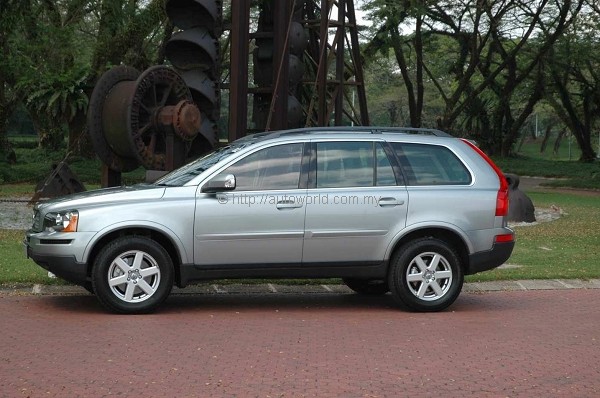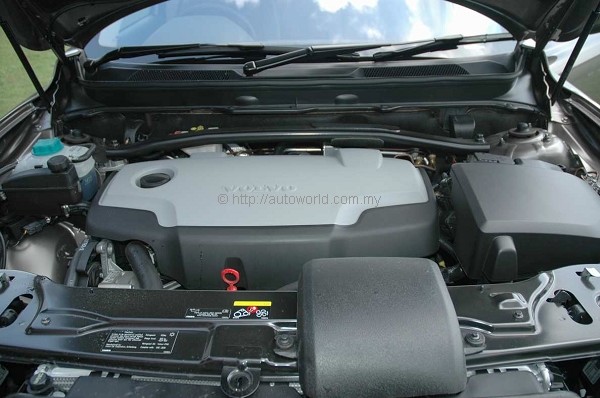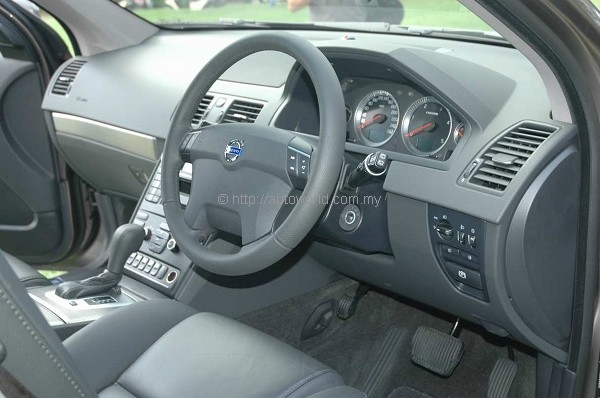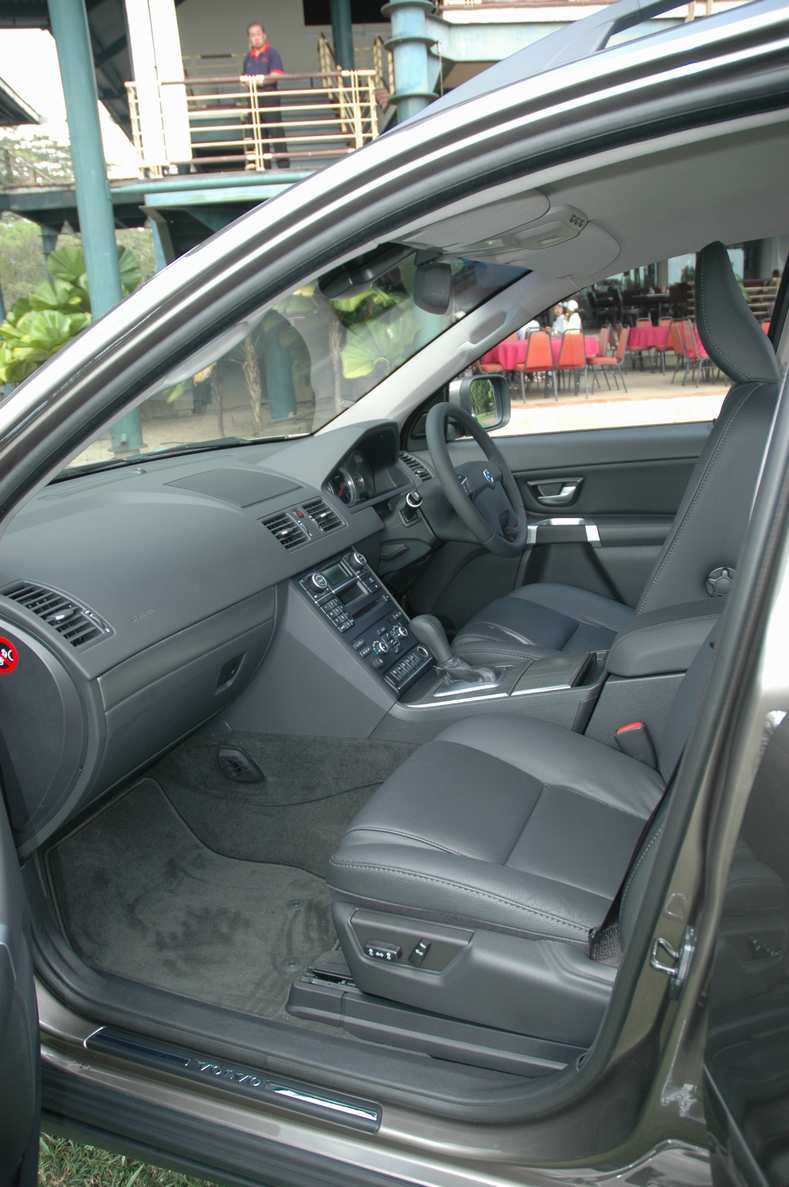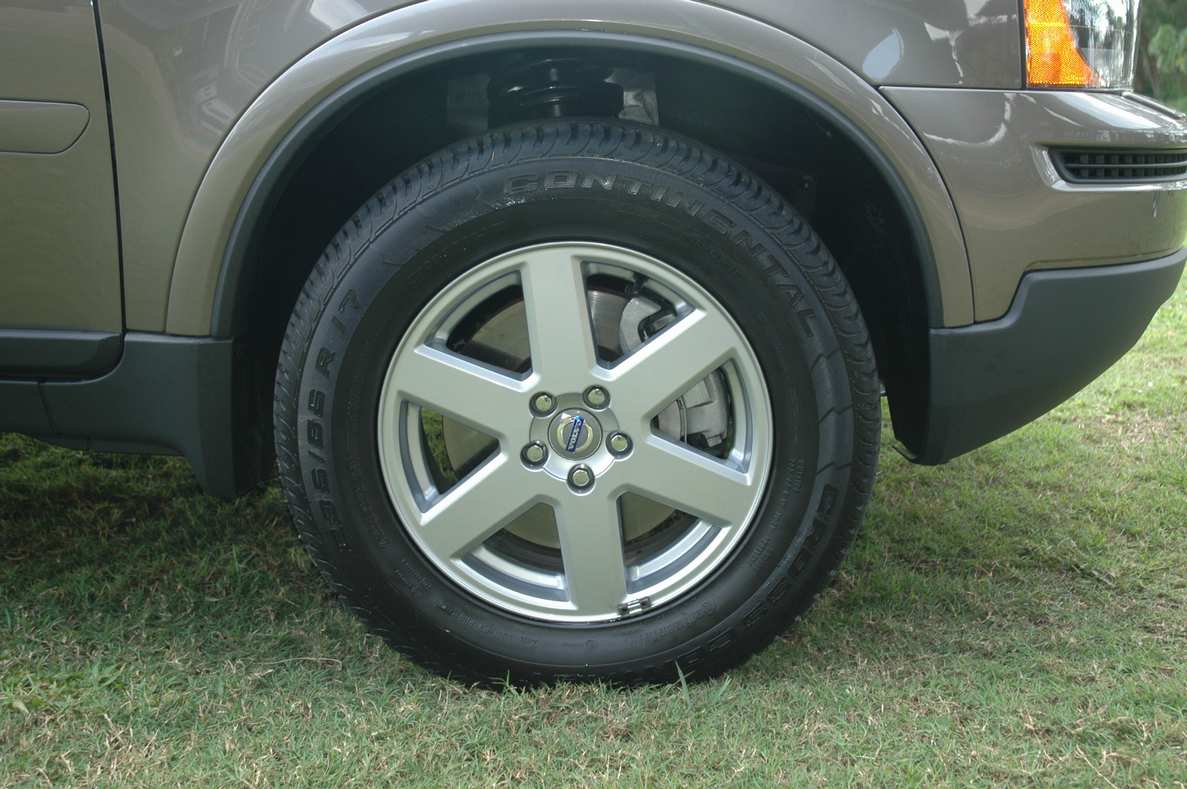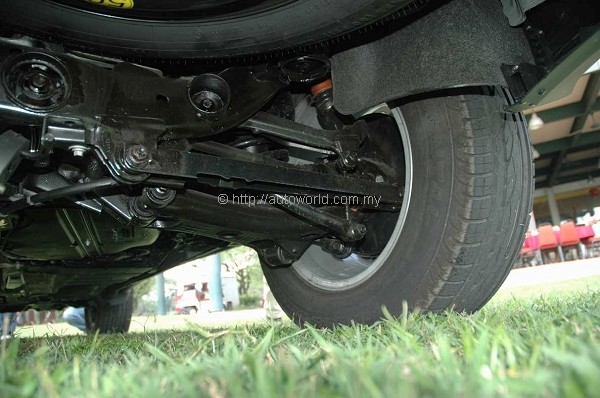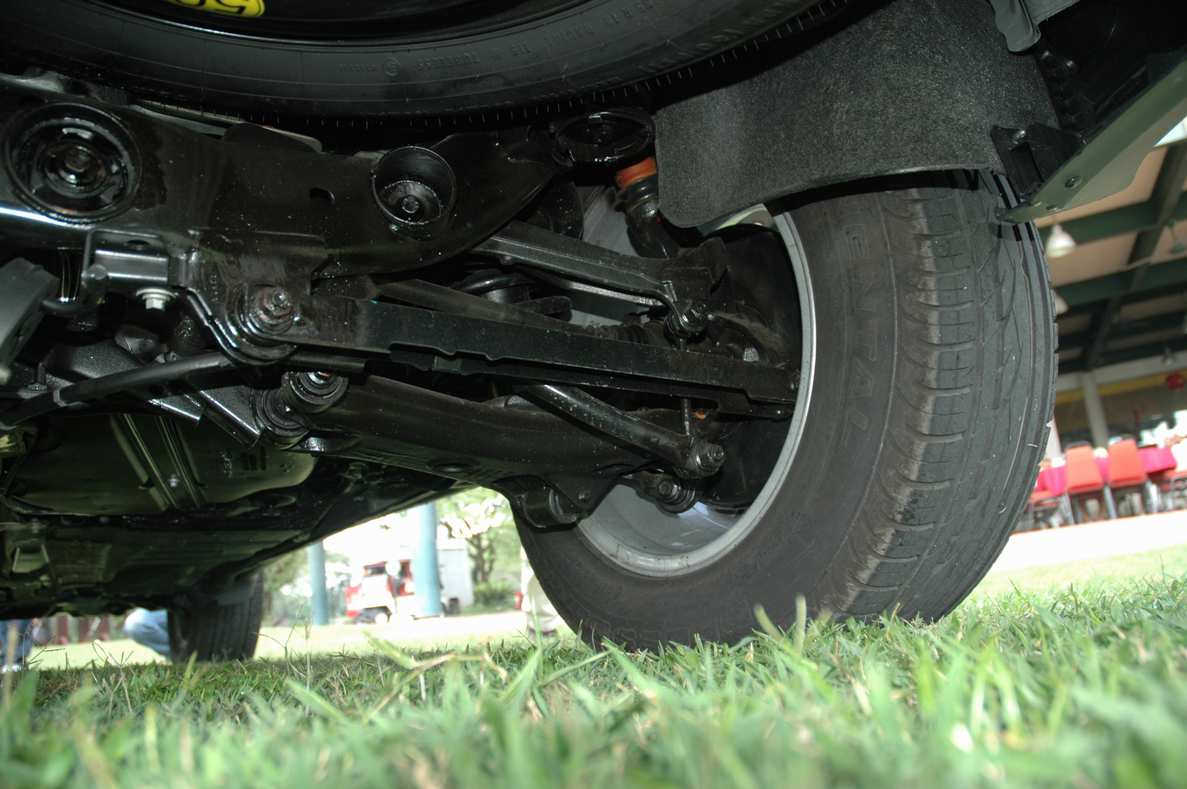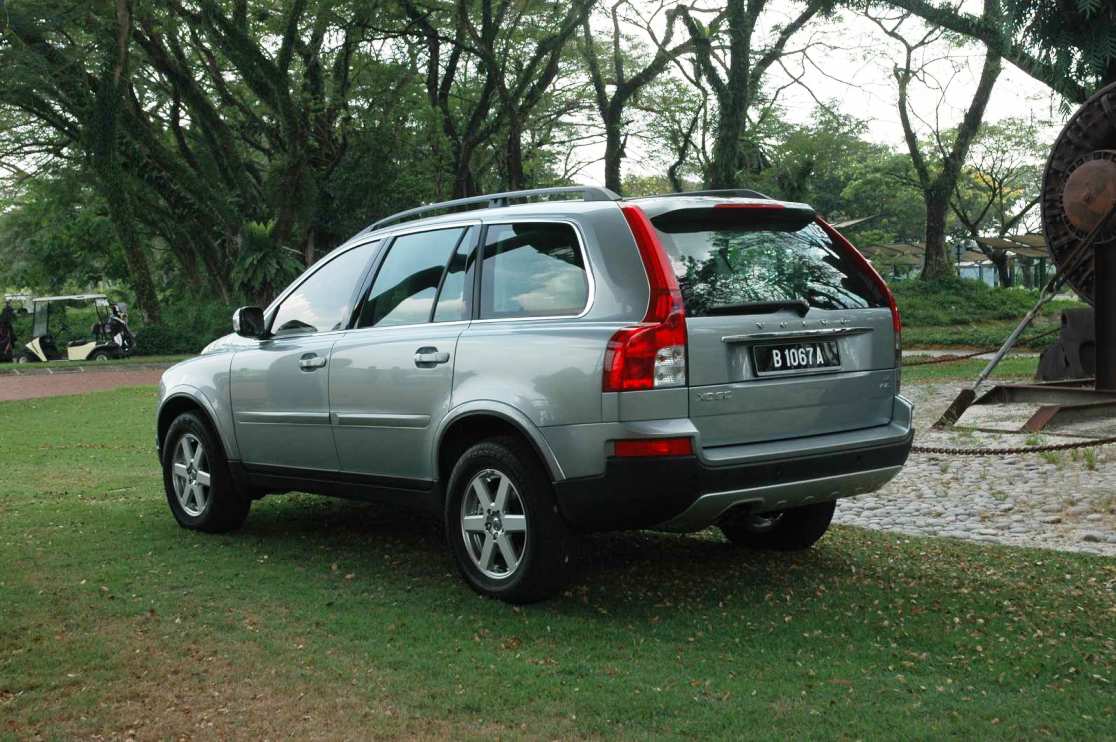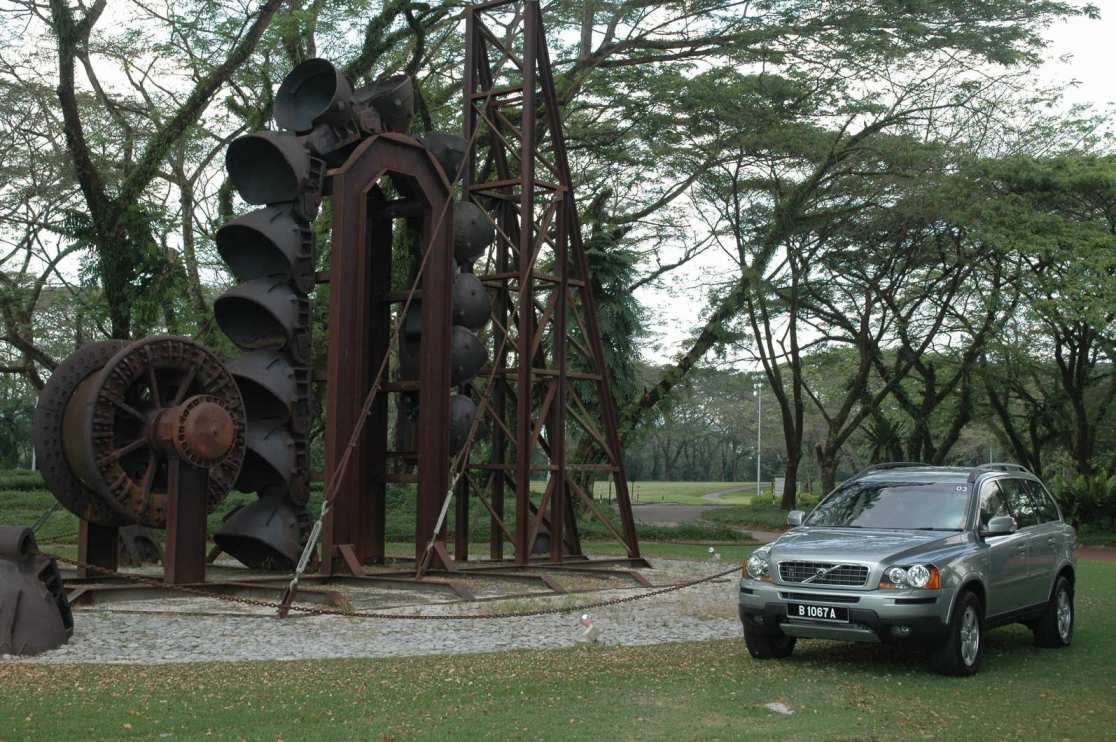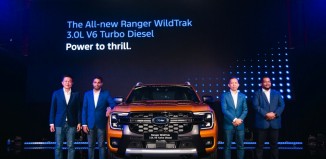Volvo XC90 D5 – Diesel Power is a practical alternative
Why is it that large trucks, almost without exception, are running on diesel power plants? Why don’t they run gasoline engines? The answer is simple. Diesel produces more power per pound of fuel than gasoline; this means that it is more economical to run a diesel engine than a gasoline engine. In the smaller sized, and lighter vehicles, the difference is not so apparent, and the gasoline engine has certain advantages that the diesel does not. However, as weight or load increases, the diesel comes to the fore. Modern diesels are now developed to such a stage that they are even beginning to win races, especially long distance ones, and are now capable of developing immense power and torque.
I have always advocated that if you need to move a two-ton vehicle around, the most economical way to do it is to put a diesel engine into it. Forget hybrids and forget NGV; word in the industry has it that even the most sophisticated hybrid system cannot beat a good diesel engine, horsepower-wise or power per cubic inch-wise.
What I am so excited about is that the safety icon car maker, Volvo, have recently introduced the Volvo XC90 D5, fitted with a common-rail diesel turbo engine in Malaysia. Initial tests by Volvo indicate a thirty percent saving in fuel consumption, compared to its petrol-driven counterpart. Now anybody interested in a Volvo XC90 can opt for either a diesel powered or petrol powered version, for the same price, RM355,000.
The new Volvo XC90 D5, as the new diesel is called, comes with a 2.5 litre capacity, and pulls a whopping 185PS, and a massive 400Nm of torque. Drive to all four wheels (permanent 4WD) is transferred through a 6-speed automatic transmission with Geartronic (manual shift option) worked through the gearshift lever. Having a six-speed transmission gives the D5 flexibility in the selection of gear ratios, enabling good take-off characteristics without sacrificing fuel economy at high speeds.
There are no changes to the exterior looks (the current 2.5T petrol model was launched last year with some face-lifted features); all these features remain, with the exception of the front light bulbs, which are halogen versus the 2.5T which are Bi-Xenon. The only giveaway would be the slight diesel clatter and the D5 badge at the rear of the vehicle.
Inside, the Volvo XC90 sports leather seats, with electrical controls for the front. Instrumentation is typical Volvo, and although I can’t seem to get used to the ignition key being placed on the left of the steering, I do accept the explanation that it is to reduce knee injuries in the event of a crash. This is also typical of Volvo, a company that has built its brand on safety. Seating capacity of the XC90 is good for seven people, and if the third row seats are not required, they fold flat onto the floor to provide a practical stowage area at the rear.
Whilst on the subject of safety, the XC90 would be a very safe vehicle to carry your precious cargo in. There are airbags a plenty, and even the side curtains are designed to stay inflated longer to reduce the risk of head bashing in the event of a series of roll-overs. In addition, there are the givens, such as ABS, EBD, EBA, SIPS, WHIPS, DSTC and ROPS, which will require at least a 60 page thesis to explain, so I will leave it to the sales person to do so if you would care to drop into any of the Volvo showrooms.
I had the opportunity to test the Volvo XC90 D5 all the way from Petaling Jaya to Lumut, a journey of 300 kilometres, during which I got to drive the D5 for close to 240 kilometres.Traffic was relatively light and on a clear stretch of highway, we managed 190 kilometres per hour before we ran out of safe road. The speedometer was still climbing, and the engine still had a little more puff remaining, but we couldn’t take the risk. Acceleration was brisk with the enormous torque on hand; the official figure is around 11 seconds for the zero to one hundred kilometres per hour sprint, but it is at the mid-range overtaking speeds of between 80 to 100 kilometres per hour that you will appreciate the torque available from the variable nozzle and variable geometry turbine which is designed to cut lag when you slam the pedal down.
Our drive included highway stretches where we could enjoy high speed cruising and the excellent ride, and trunk roads with the bends and long sweepers where we could check out the handling, and the XC90 D5 did not disappoint. It is quite amazing how this two-ton SUV can be so agile; you actually have to drive a little unconventionally especially on the route from Batu Gajah to Lumut, where the local population of cars, bikes and trucks included doesn’t seem to have gone through the same driving school syllabus as the rest of us. Road hogging seems to be a local pastime, and you can really get frustrated as heavy trucks and cars drive in formation, occupying both the lanes on the Ipoh-Lumut highway for miles on end.
We also took a slight detour through rubber and palm oil plantations through some very rough roads to Adeline’s Rest House, located some seven kilometres off the beaten track to savour some kampong style cooking; only a vehicle like the XC90 could have taken this part of the journey in its stride, thanks to the All-Wheel Drive and high ground clearance.
At the end of the 300 kilometre journey, the pleasant news was the frugal fuel consumption. Despite the fact that we were pushing the XC90 D5 really hard on most of the stretches, our unit returned a fuel consumption of 20.7 sen a kilometre. In the hands of a non-motoring journalist (normal person) driving the XC90 without harsh acceleration and at ‘normal’ road speeds, the figure would be at least 20 to 25 percent better.
In my opinion, the Volvo XC90 D5 comes at just the right time; a time when fuel economy and absolute fuel bills have a large impact on our lives; at a time when we treasure the precious cargo we carry in our vehicles; especially for those who need a vehicle that can carry more than the average four or five. The proposition from Volvo insofar as the diesel model is concerned is simple; you can select either the petrol or diesel model, for the same price.





